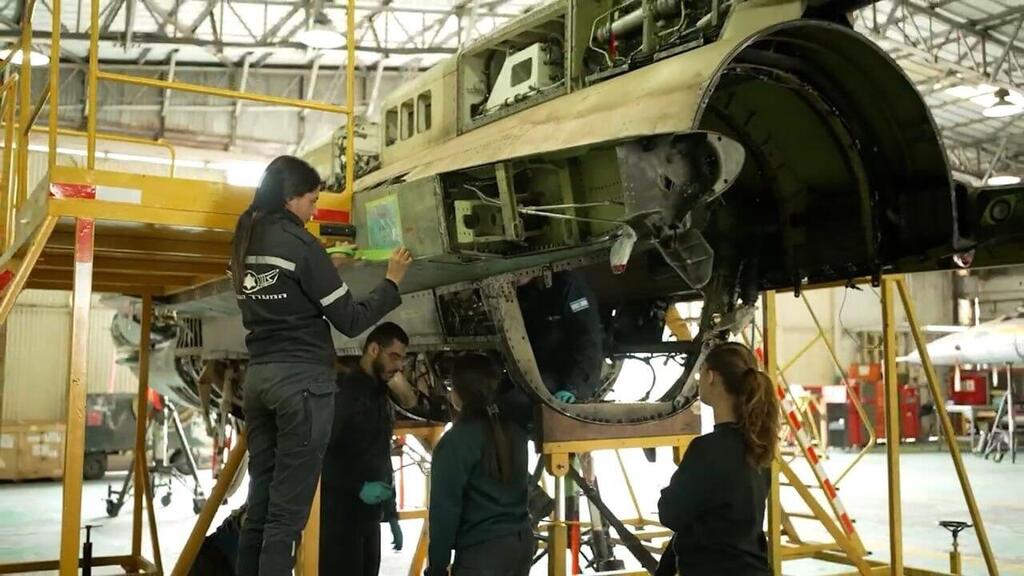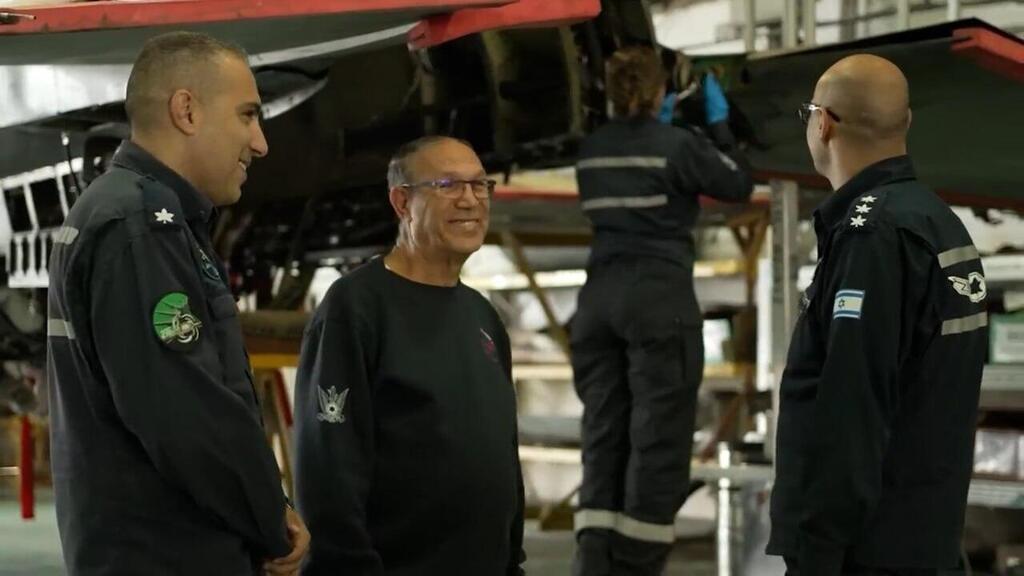While Israeli Air Force jets operate tirelessly in the Gaza Strip protecting the forces on the ground and attacking Hamas targets, behind the scenes the IAF mechanics work around the clock to install and prepare all the munitions necessary for the next mission.
Read more:
The Israeli Air Force Maintenance Unit (IAF 22) is the force behind the scenes of the IDF's firepower. Founded in 1947 before the establishment of the Jewish state and located in underground wine cellars in Tel Aviv, the unit manages a diverse range of tasks. This includes munitions factories that operate around the clock, producing missiles and aircraft bombs, maintaining and upgrading Iron Dome batteries, and developing air defense systems for special ground forces and air forces. Their central expertise lies in aircraft repairs.
During wartime, the engineers and technicians of the unit work around the clock. Starting with creative brainstorming for technological solutions to special operations in the north and south, they print parts using innovative 3D printers to repair and enhance aircraft.
When a part in a damaged aircraft needs repair, waiting for a suitable response from the manufacturer overseas could take several months. Therefore, IAF 22 has learned to manufacture these parts precisely and rapidly over the years to address the issues of missing stock. Consequently, even after severe accidents, the unit has developed the capability to bring almost any aircraft back into the skies, saving the IDF significant time and money.
In the aircraft maintenance facility, the frames of F-16 planes are stationed, undergoing repairs to restore them to operational status.
"The aircraft arrives here, and we dismantle it into all its components," explains the unit's commander, Col. Awad Suleiman. "We conduct a comprehensive inspection and send the parts to various workshops within the unit. After that, we reassemble all the components and proceed to the aircraft's test flight. We've benchmarked ourselves, and we can confidently say that we do it faster than any manufacturer –both in capability and execution," he proudly declares.
Alongside preserving vast knowledge, the unit actively manufactures parts from scratch for both the IAF and ground forces. "We are engaged in the practical adaptation of aircraft for various war zones, including imaging systems and armament systems," explains Awad. "During times of war, we focus on enhancing various technologies and implementing new installations to enable the IAF to dominate in all areas."
"We are currently receiving operational needs from the forces in the field," explains Lt. Col. Barak, a technological systems factory officer, regarding the process with the fighters, including special units. "We know how to translate the need into engineering activity. It starts with an accelerated development process and then moves to the production floor. Using state-of-the-art computerized machines, the designs turn into parts and assemblies. We leverage the most advanced technologies available today and can provide end-to-end solutions – from operational necessity to operational capability – in a very short time."



